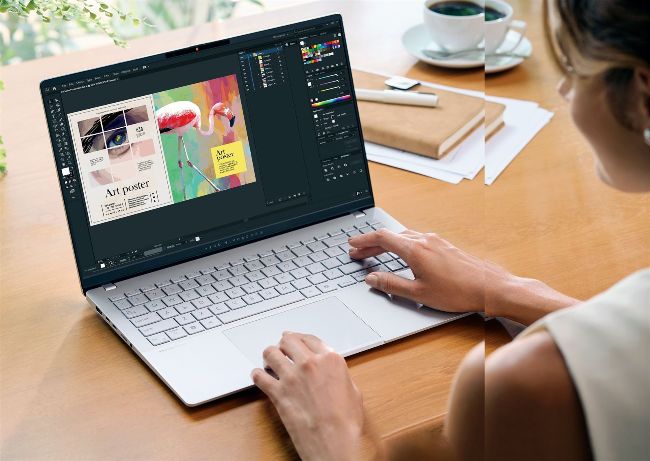emulation
EMULATION
MAKING WINDOWS ON ARM GREAT AGAIN
How do the latest laptops and Macs run Intel software on their ARM processors? Darien Graham-Smith explores the wonderful world of emulation

The Surface Pro 11th Edition is powered by Snapdragon chips.
© ASUS, MICROSOFT
MICROSOFT’S ‘COPILOT+ PCS’ are supposed to usher in a new era of AI-assisted computing, but they’re historic in another way, too. With surprisingly little fanfare, Microsoft has for the first time endorsed a range of third-party laptops based on a mixture of AMD, Intel, and ARM processors.
This isn’t the first time it has offered a version of Windows that runs on ARM architecture, but it might be the first time the idea succeeds—as the OS now has an emulation layer. Conceptually, this is much the same as the software tools that let you tinker with a virtual BBC Micro inside a web page, or revisit Amiga games on your phone. In this case, it’s designed not for historical purposes, but to allow the latest Intel-native apps to run on the ARM hardware.
It’s a similar approach to what Apple did with the launch of its M-series processors, and it promises the best of all worlds, combining Windows’ huge existing software library with the efficiency and battery life of ARM. If you’re curious as to how we’ve got here, and what emulation could mean for your next laptop, read on.
NO EMULATION, PLEASE— WE’RE WINDOWS
Microsoft has a long history of developing Windows for multiple different hardware platforms. In the 1990s, you could buy versions of Windows NT not only for the familiar Intel x86 platform, but also for rival workstation and server systems, such as PowerPC, DEC Alpha, and MIPS—each with its own proprietary instruction set architecture (ISA). In the early 2000s, support was added for Intel’s 64-bit Itanium platform, too.
However, Microsoft made no attempt to bridge the gap between these different platforms. Each edition of Windows only worked with software and drivers that had been compiled for that particular architecture. The result was a highly fragmented market that wasn’t ideal for anybody—certainly not Microsoft, which was at one point simultaneously developing and supporting Windows for at least five different hardware platforms. Partly for this very reason, the competing ISAs gradually died away, and by 2010, Windows was only available for the Intel architecture.